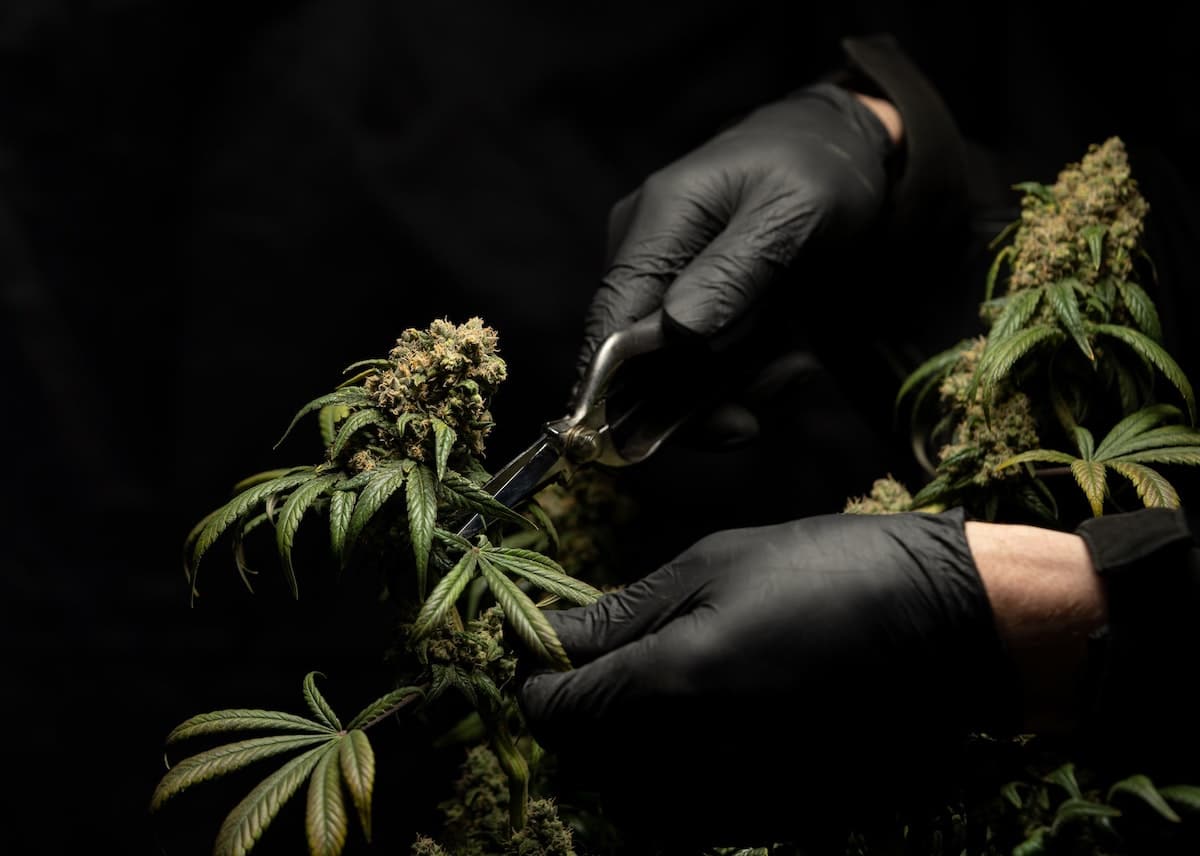Cannabis extraction is an essential process that helps isolate the natural compounds in cannabis, converting them into a usable form. It removes active ingredients, including terpene and cannabinoids, to create a refined product, whether liquid, solid, or semi-solid. Various methods are used in this cannabis extraction process. The following are a few insights into the best extraction methods and what the process involves.
Solvent vs. Solventless Cannabis Extraction
You’ll often choose between solvent and solventless cannabis extraction. The choice depends on the quality of the product you want.
Solvent Extraction
A solvent-based extraction method relies on chemical solvents, including carbon dioxide and propane, to isolate terpenes and cannabinoids from the cannabis plant. Its enhanced effectiveness makes it a popular choice among most manufacturers. Usually, this approach helps target the trichomes in the cannabis plant more effectively.
Solventless Extraction
Solventless extraction is also called mechanical processing. It is a natural process used to separate trichomes in the cannabis plant. Often, this method requires you to rub the cannabis flowers or leaves against a mesh or sieve, collecting the cannabinoid-rich trichomes in the kief below. Modern mechanical processors mimic the dry-sift process but with a gentler agitation.
The following is a breakdown of the top cannabis extraction methods, both solvent and solventless.
Butane Honey Oil Extraction
Butane honey oil extraction is a concentrated cannabis extraction method that guarantees a 90% THC concentration. Thanks to its reliability, it is extensively used in the perfume and food industries.
The BHO cannabis extraction method requires placing the cannabis plant in a container and spraying it with butane to kickstart the process. The cannabinoids and butane will then drip into another container for collection. Ideally, it is an open-blast method that releases some butane into the atmosphere.
BHO is affordable and easy to do, making it ideal for residential use. However, you must do it in a well-ventilated room to avoid potential hazards.
Supercritical CO2 Cannabis Extraction
This solvent-based extraction method uses carbon dioxide, a non-toxic and environmentally friendly approach. It effectively separates cannabinoids from the cannabis plant without leaving traces of toxins in the product.
This process requires heated supercritical CO2 to pass through the cannabis plant or its buds. The resultant liquid will then go through a filter to help eliminate the traces of CO2 gas from the terpenes and trichomes.
This extraction method is effective and reliable. It is friendly to the environment and eliminates the need for various post-processing steps. At the same time, it is significantly fast, making it ideal for commercial purposes.
Ethanol Extract
Ethanol extraction is a solvent-based extraction method that is gradually becoming popular. Its popularity is thanks to its efficiency, effectiveness, and speed. In addition, it is considered safe and even suitable for use as a food preservative. This method requires soaking the cannabis plant in ethanol to extract THC.
You’ll need to refine the product upon extraction, boosting its purity. The ethanol will help remove the toxins and other unwanted elements in the cannabis, improving its taste and guaranteeing pure concentrates.
Alternatively, you could consider water extraction, a solventless method that requires putting the cannabis plant in freezing water. This plant is stirred to trigger the isolation of trichomes in the plant. However, you will pass the product through multiple screens to boost its purity. The final product will have 50-70% THC content.
Solvent-based and solventless extraction methods are all effective in cannabis isolation. The technique used will depend on personal preferences, including potency and flavor. The insights above will help you compare the different methods and choose one that offers the results you want. However, supercritical CO2 extraction is the most popular option.


